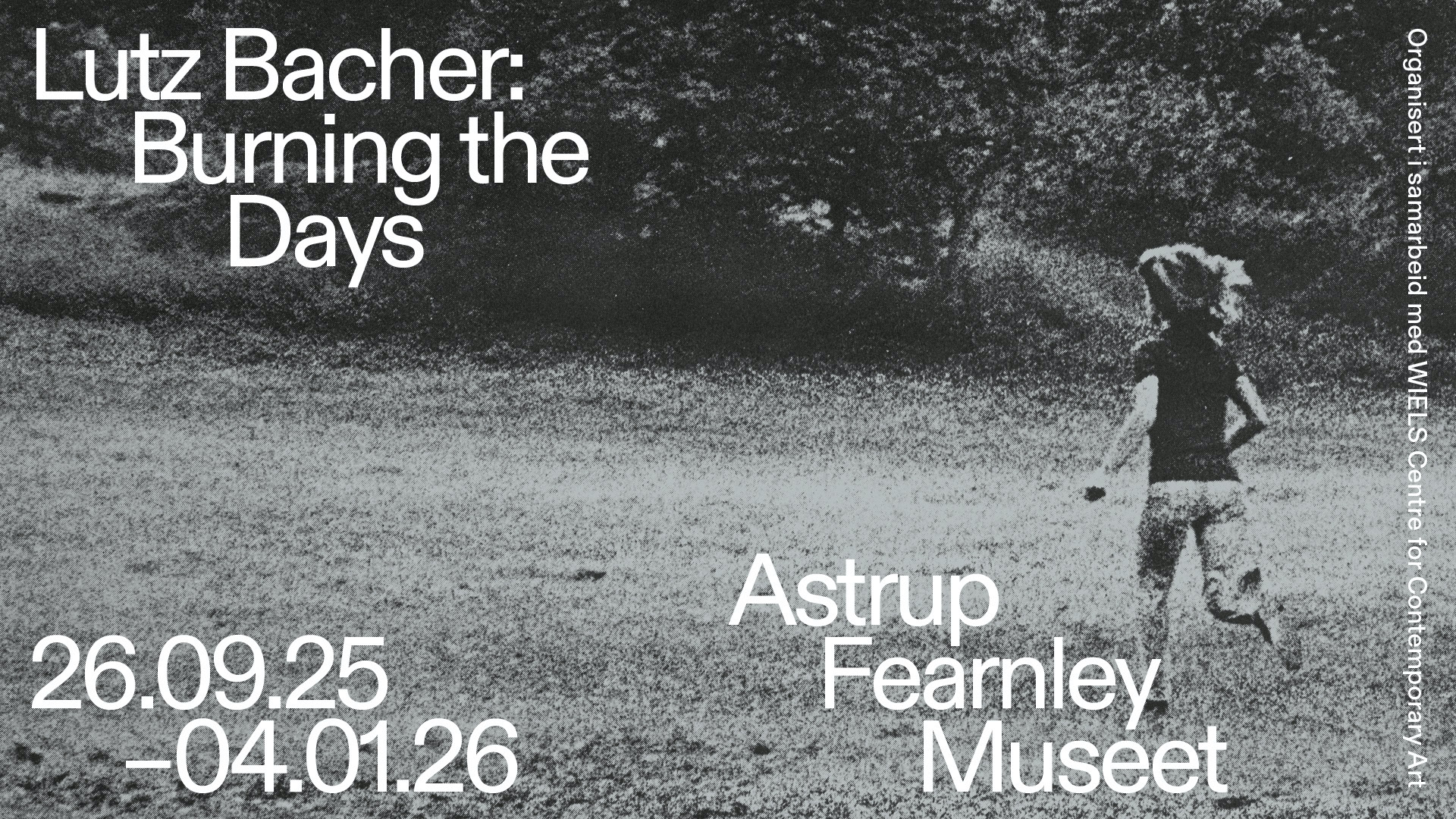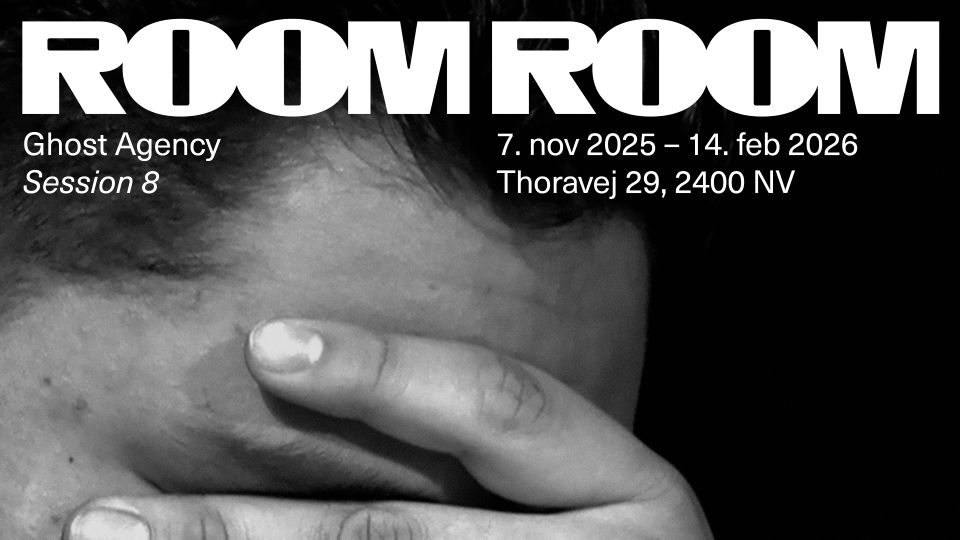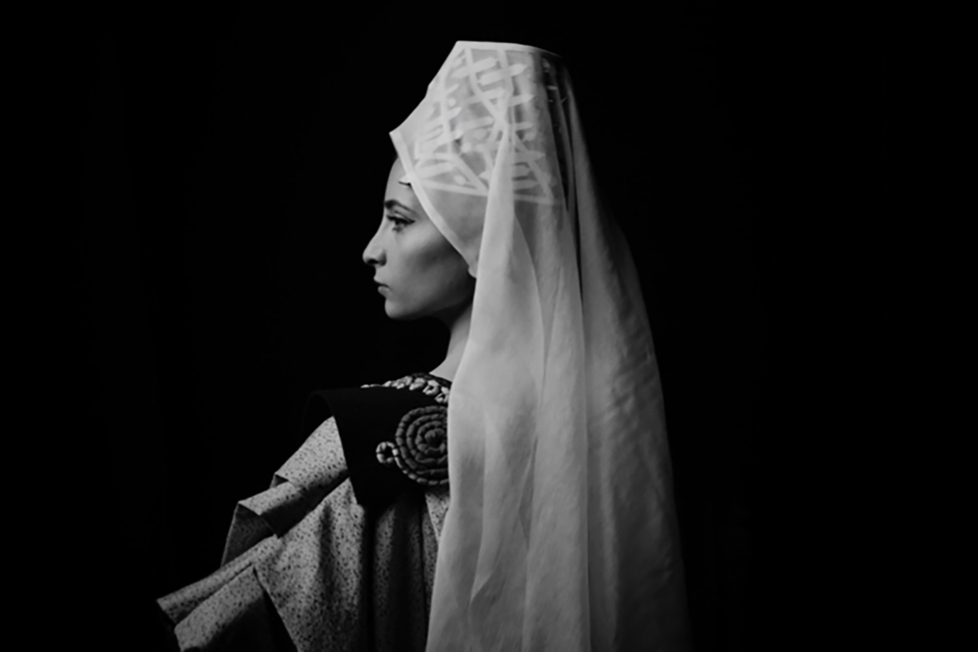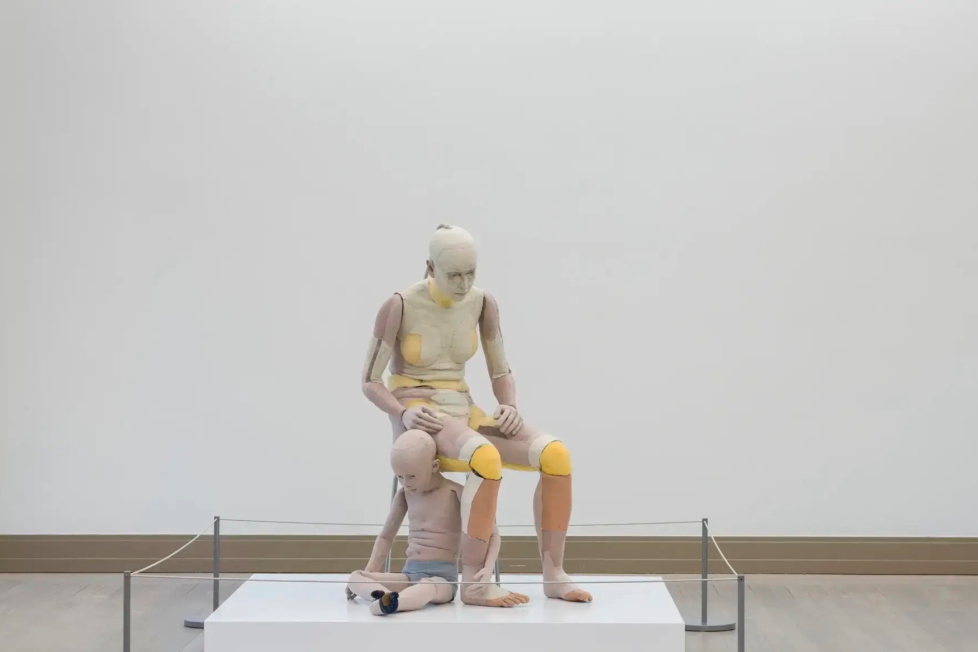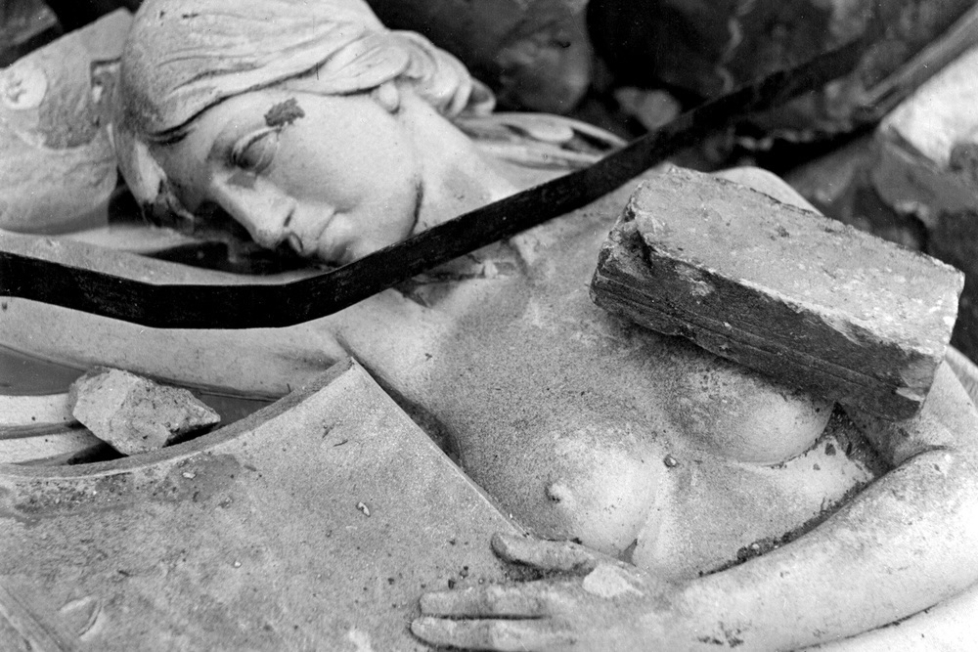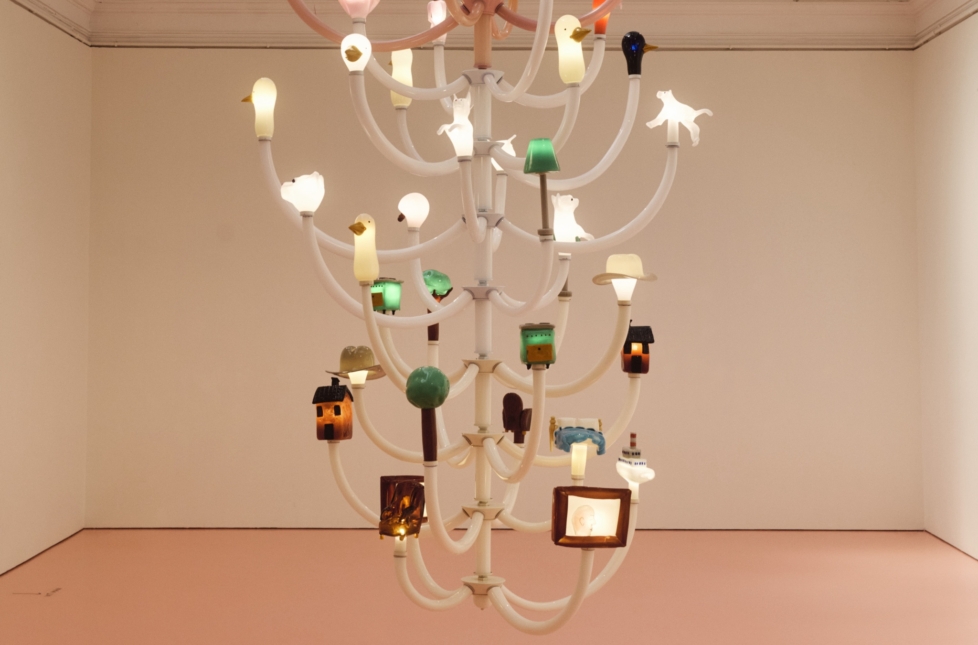
The Nordic Pavilion at the 61st Venice Biennale in 2026 will feature work by Tori Wrånes (Norway), Klara Kristalova (Sweden/Czech Republic) and Benjamin Orlow (Finland). The exhibition is curated by Anna Mustonen, curator at The Finnish Museum of Contemporary Art Kiasma, who has taken her cue from Sverre Fehn’s iconic architecture and Nordic mythology.
“My starting point has been the way in which nature and architecture come together in the Nordic Pavilion. What does the space mean for the countries that share it, and what is the common Nordic cultural heritage,” Mustonen said when Kunstkritikk reached her by phone.
Kiasma’s press release mentions mythology as a central theme. Mustonen emphasises that it is about highlighting stories that have contemporary relevance and exploring their relationship to national identity and culture. The mythology aspect will primarily emerge on an aesthetic level: the artists will draw inspiration from it in creating a site-specific installation in which sculpture plays a central role, and in which Fehn’s 1962 building will function “almost like a fourth artist.”
“Mythological stories deal with themes of eternity, in a sense. They can also be used to refer to present geopolitical reality,” Mustonen said.
Kristalova, Orlow, and Wrånes often portray mythological figures. Wrånes is known for creating troll-like creatures in performances, films, and sculptures. Kristalova’s glazed ceramic statues often depict imaginative hybrids of humans, animals, and plants. Orlow, on the other hand, works mainly with video and unfired clay sculptures in which human figures take on grotesque and semi-abstract forms. Even though both Wrånes and Orlow work with moving images, the show will not include video works. However, it is likely to include a sound work and a performance by Wrånes.
“Kristalova, Orlow, and Wrånes all deal with transformation. Kristalova’s figures occupy an in-between space. For example, they can be something between a fairy and an animal. Orlow’s clay sculptures change as the material dries and begins to crack, making them difficult to fully define. And Wrånes creates imaginary identities and realities through performance and music. They all offer hope for change, ” Mustonen said.


The Nordic Pavilion is shared by Finland, Sweden and Norway, an for the 61st Venice Biennale, Kiasma will collaborate with Moderna Museet in Sweden and the Office for Contemporary Art (OCA) in Norway. The still untitled exhibition will be the fifth consecutive Nordic co-production at the Nordic Pavilion, from Mirrored in 2017 to the The Altersea Opera in 2024.
Since 1956, Finland also has its own permanent pavilion in the Giardini. The Finnish pavilion’s exhibitions are produced by the foundation Frame Contemporary Art Finland, which launched an open call for the 61st Venice Biennale in June 2024. At the end of February, Frame announced the selection of Jenna Sutela as the Finnish representative. Sutela often combines sculpture and mechanical elements, and her exhibition in the Aalto Pavilion is curated by Stefanie Hessler, formerly the director of Kunsthall Trondheim, and now the director of the Swiss Institute in New York.
The curator of the 61st Venice Biennale is Koyo Kouoh, director of the Zeitz Museum of Contemporary African Art in Cape Town, South Africa. Her theme for the biennial’s main exhibition will be announced on 20 May this year. The 61st Venice Biennale opens on 9 May 2026 and runs until 22 November.

